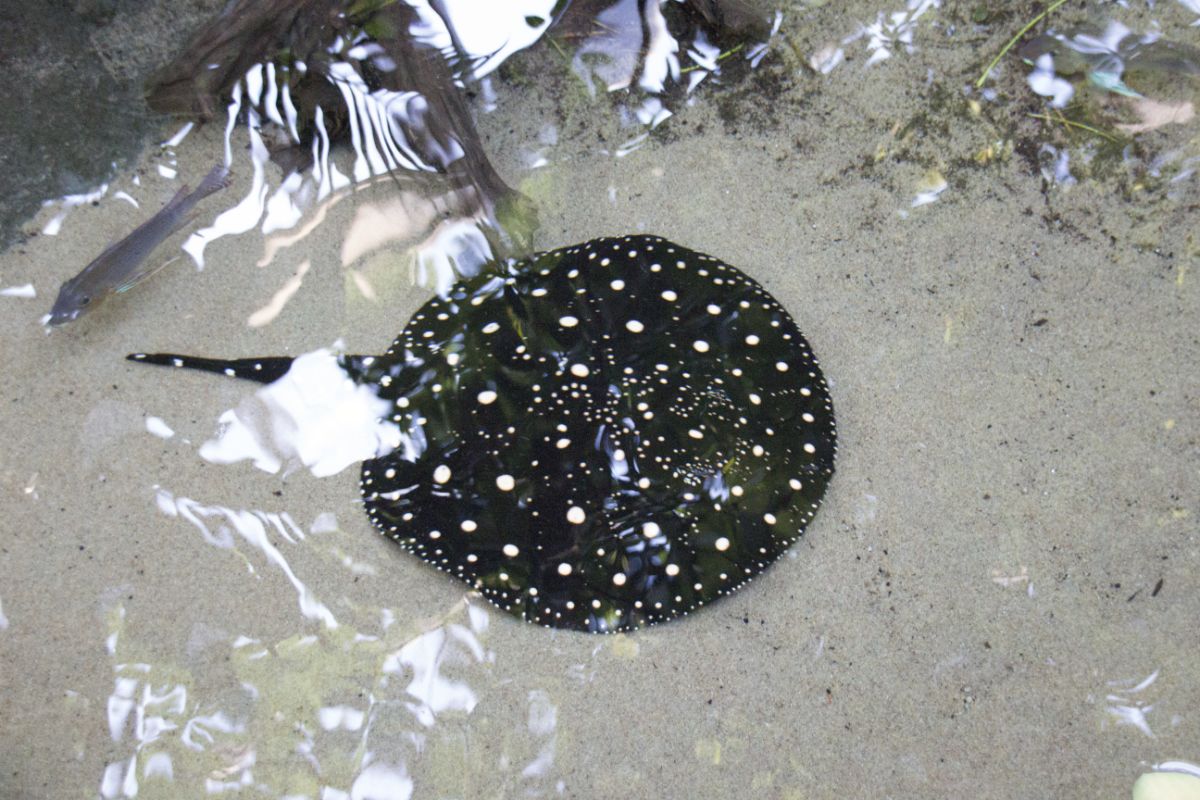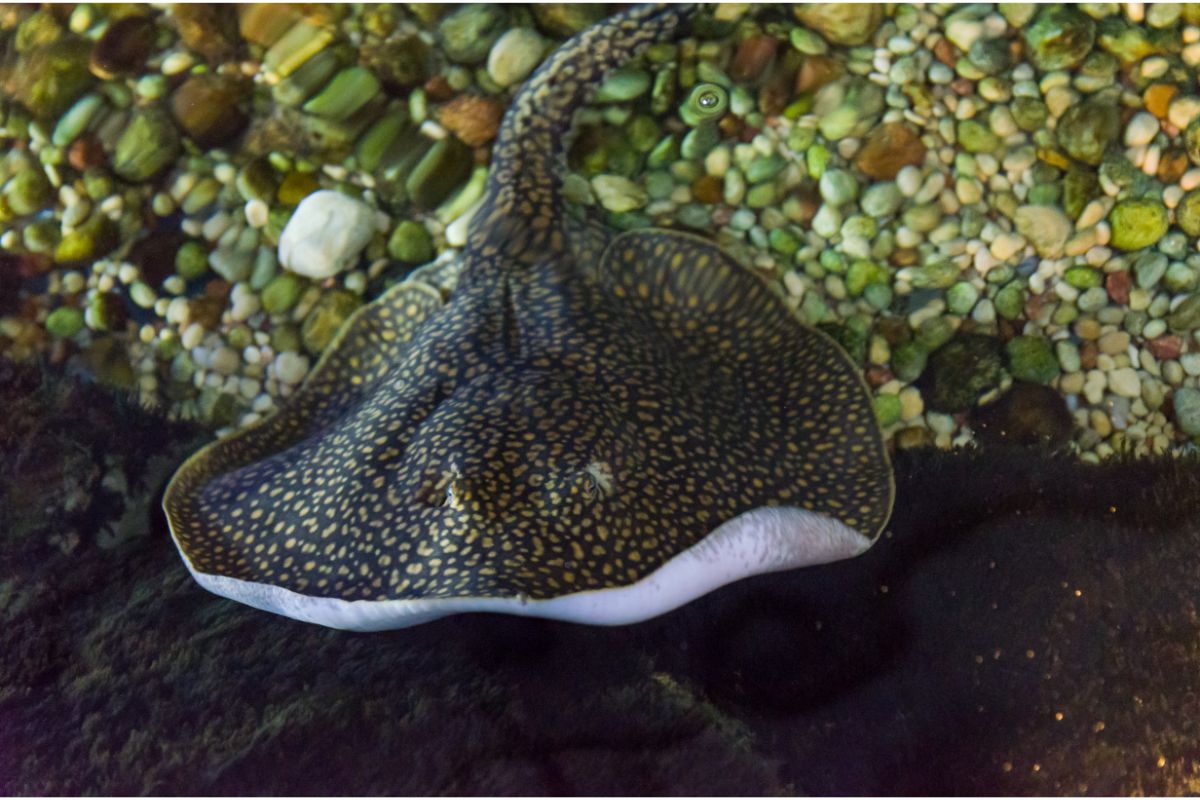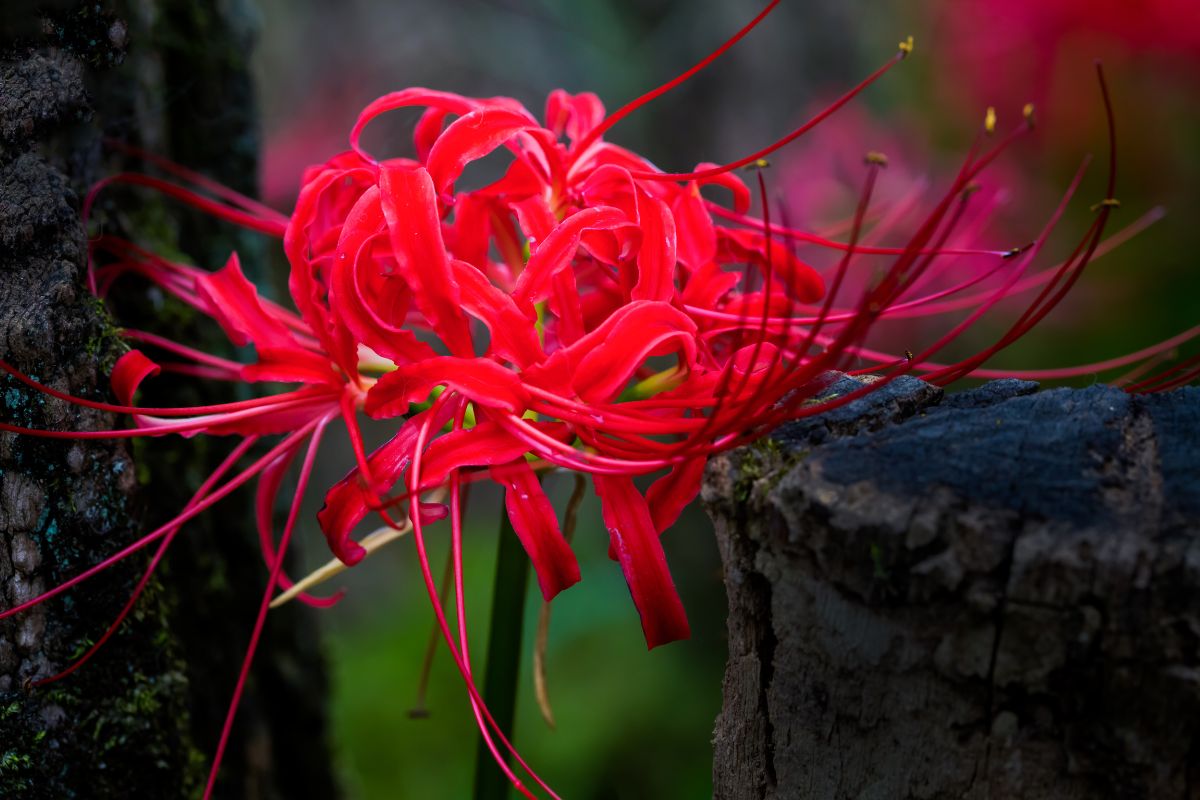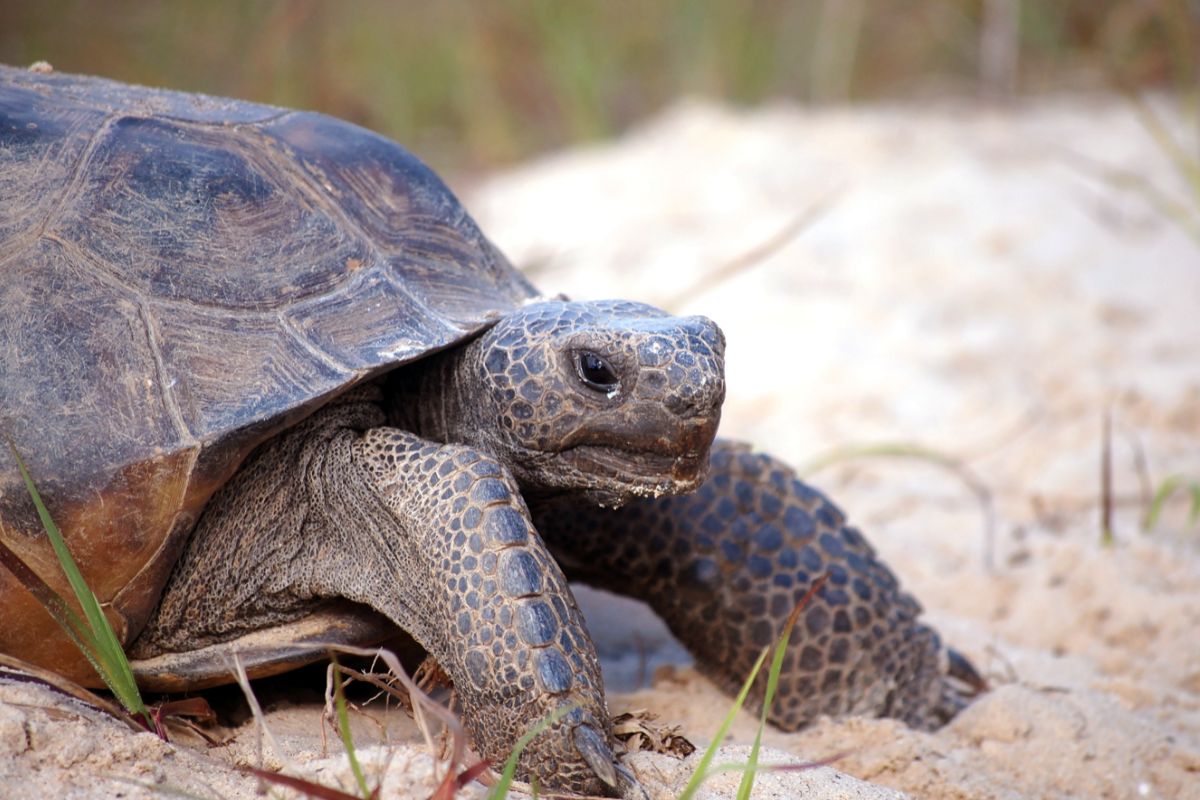Stingrays are special creatures. They’re magical and beautiful, but are at risk of endangerment. If you want to learn about river stingrays, and what you can do to help them thrive, keep reading!
We’ll go through what you need to know, and what you should be aware of when it comes to these beautiful and majestic animals.

About River Stingrays
River stingrays refer to a group of animals also known as freshwater stingrays. As such, they are not one single species of stingray, but an umbrella term.
There are thought to be between 20 and 30 distinct species of freshwater stingrays. However, identifying them is difficult due to their nature and locations all across the world.
You can find river stingrays across South America, Asia, Africa, and even Australia. They do not occur naturally in North America, except for coastal areas. However, stingrays are often bought in exotic pet shops and are often found in aquariums.
As their names suggest, stingrays have stings on their bodies. While this means that they are capable of harm or even killing, they are not actually aggressive animals. As long as they are not stepped on or threatened, these beautiful animals are known to be gentle.
What Threatens Them?
The biggest threat to river stingrays, or any stingray, are humans. Fishing is one of the biggest dangers for any kind of stingray. While they are not sought after, they are frequently caught in nets.
Not only that, but the habitats that stingrays thrive in are also under pressure thanks to people. This puts strain on the animals. Although stingrays do have predators such as large fish, sea lions, seals, and sharks, they are not cause for concern.
Types of Stingrays and What Threatens Them
There are many stingray species across the globe. Here, we will focus on the Atlantic, Giant Freshwater, and the Short-Tailed Stingray. These animals are found in North America, South Asia, and South America respectively.
Atlantic Stingray
- Appearance: a ruddy brownish red stingray with a relatively elongated snout. These rays typically reach a maximum size of 24 inches across, are oval, and weigh only 11 lbs.
- Scientific name: Dasyatis sabina
- Conservation status: least concern
- Where you can find it: coastal areas of North America, specifically around the Chesapeake Bay area to Mexico.
- Habitat: freshwater and brackish habitats
- What Threatens this Species?
Atlantis stingrays are one of the few freshwater stingray species that are not heavily threatened by fishing or humans.
While they can sometimes be caught by anglers, they rarely end up in fishing nets. These rays’ primary threat comes from predators such as sharks.
- What you Can Do to Help?
Atlantic stingrays are not threatened. However, you can further help the population by returning them to the water if you accidentally catch one. Only do this if you are able to do so safely, as their stingers can still harm you if you are not careful.
Giant Freshwater Stingray
- Appearance: a medium to dark brown colored stingray with a noticeably long snout. These rays can reach 7.2 feet across, and weigh up to 660 lbs.
Like all other stingrays, the giant freshwater stingray is oval, and very noticeable. The largest giant freshwater stingray recorded was a female 13 feet across, and weighed 661 lbs.
- Scientific name: Urogymnus Polylepis
- Conservation status: endangered (population decreasing)
- Where you can find it: the giant freshwater stingray can be found in Southeast Asia and Northern Australia.
- Habitat: these stingrays reside in deep rivers, making them incredibly elusive and difficult to spot.
- What Threatens this Species?
Unlike the Atlantic stingray, the giant freshwater stingray does not have many natural predators. Instead, this species is heavily threatened by humans.
Although they are not targeted, they are overfished, and their habitat continues to degrade. This is the result of deforestation, damming, and land development.
- What you Can do to Help?
There is little that we can do to help this beautiful fish survive. As it is primarily found in places like Cambodia, it is up to the government to help improve the habitat and stop the damage being done.
The only thing that can be done is for these stingrays to be put into breeding programs and relocated to other parts of the world where they will thrive.

Short-Tailed River Stingray
- Appearance: this stingray has unusual mottled coloring made up of various shades of brown. These fish can reach 5 feet across, and weigh up to 490 lbs. They are the largest stingray species in the Potamotrygonidae family, and are also sometimes referred to as the Giant Freshwater Stingray, though it is not the same species as mentioned above.
- Scientific name: Potamotrygon brachyura
- Conservation status: unknown (likely endangered)
- Where you can find it: South America, in the Rio de la Plata Basin
- Habitat: freshwater rivers
- What threatens this Species?
the short-tailed river stingray is threatened primarily due to fishing. They are a popular game fish, and are sought after. However, habitat loss is another reason why these animals are in decline. These stingrays are also frequently caught for aquariums.
- What you can Do toHelp?
fight to have the habitat of these beautiful animals, and sign petitions to limit or ban their finishing of them to bring their numbers back up.
How To Help Stingrays
Although all river stingrays are threatened by different things, one thing that is a threat to most of them is fishing and habitat loss. To fight against this, we must petition for governments to stop destroying habitats and impacting the lives of these beautiful fish.
Fishing must be more carefully planned out, and in some cases, perhaps banned completely until these fish make a comeback.
Final Thoughts
River stingrays and beautiful creatures, but there are many species all across the world. These animals primarily suffer due to overfishing and habitat loss.
As such, this is something that needs to be campaigned against, and breeding programs must be put in place to prevent them from going extinct.
- What Do Squirrels Eat? Learn About Their Diet and Winter Survival - October 14, 2024
- What Do Raccoons Eat? Discover Their Diet and Eating Habits - October 6, 2024
- What do foxes eat? - October 5, 2024








